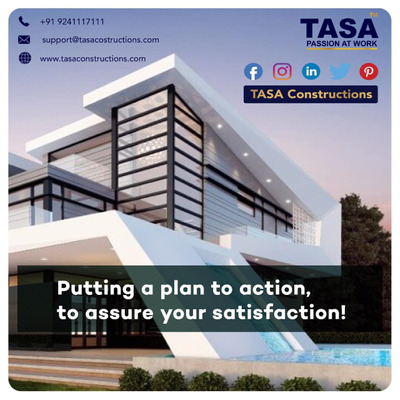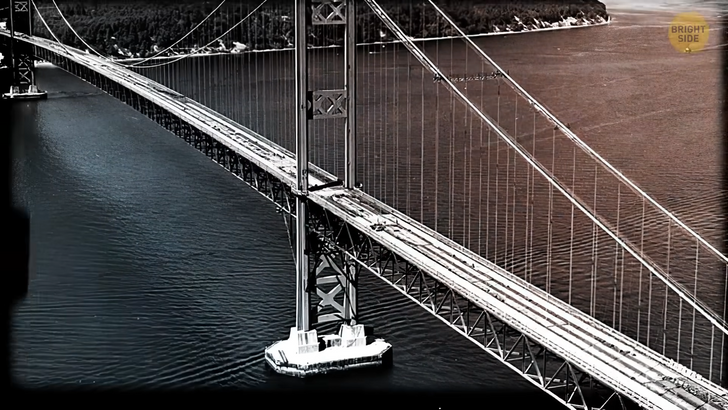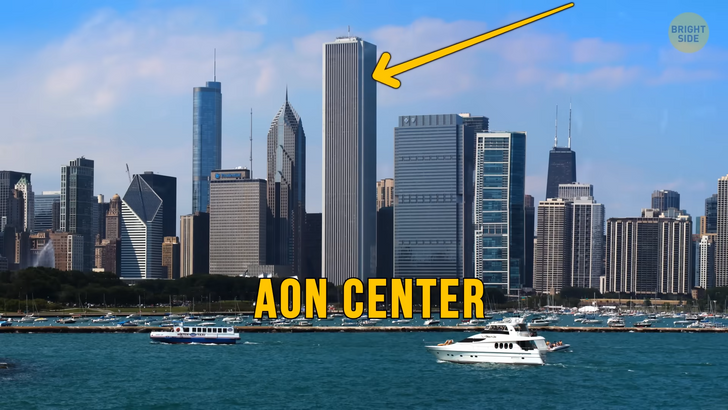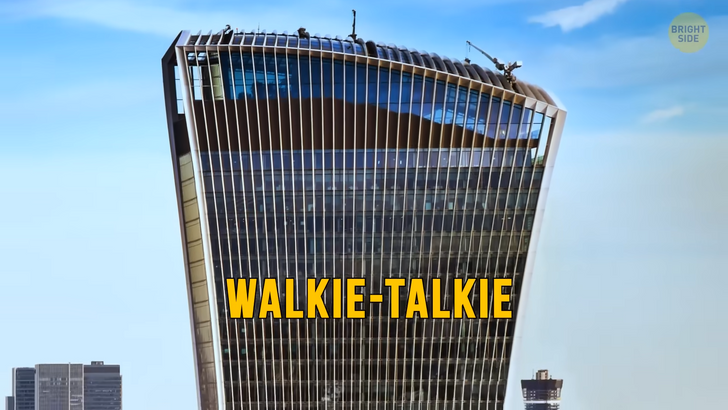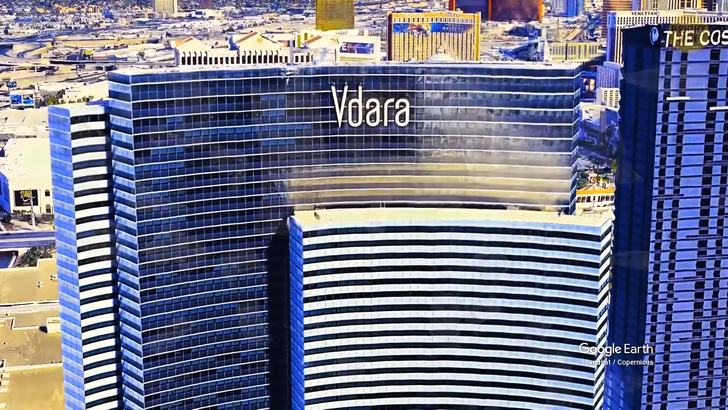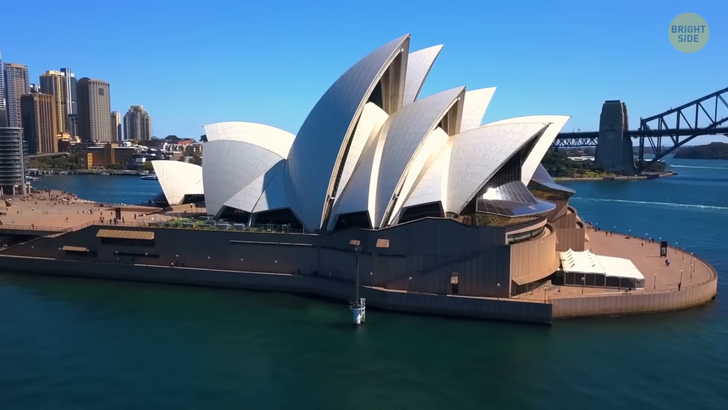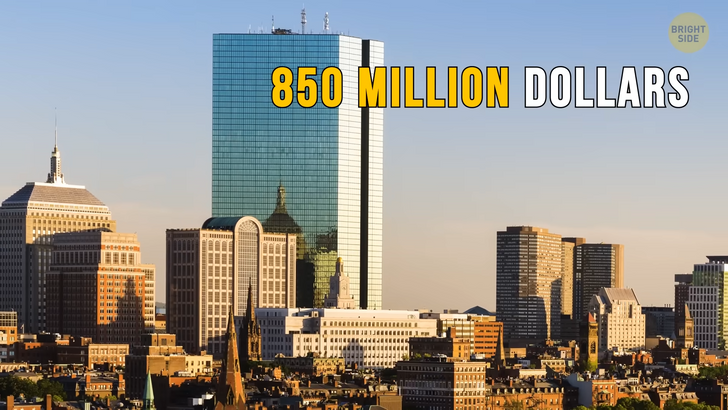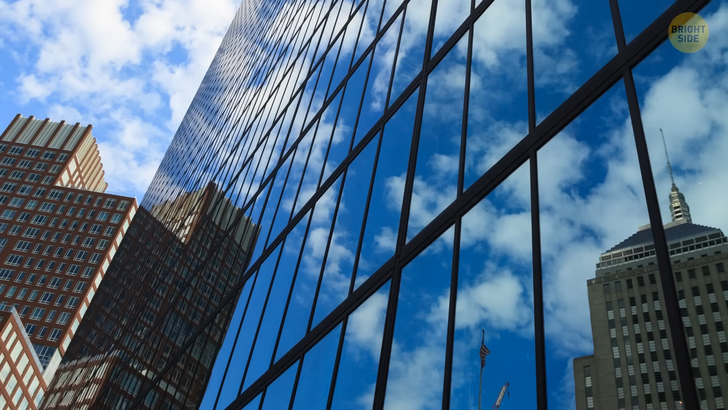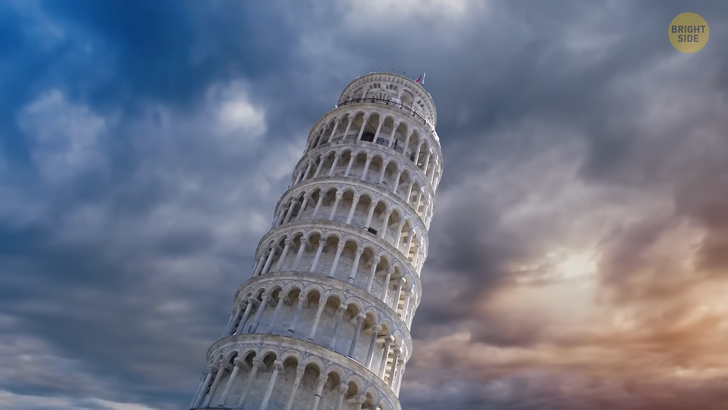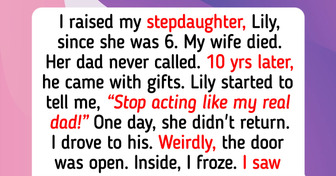TASA - Best Construction Company In Bengalore
TASA construction company in bengalore always prioritize workers safety by providing essential protective equipment and conducting regular safety training during the construction. Additionally, TASA implements real-time monitoring system to enhance on-site safety measures.
The TASA residential building and house construction projects continue to integrate smart technologies and sustainable material, the future of construction looks more efficient, eco-friendly and innovative.
Avoid these 5 costly construction mistakes for a successful projects
• To avoid poor scope, budget and timeline we develop a detailed project plan with clear objectives, and realistic budgets
• We must conduct a thorough site survey and geotechnical analysis to avoid structural issues.
• By using low – quality materials it affects durability and increases maintenance cost so you must choose high- quality, sustainable materials.
• Implement the Building Information Modeling (BIM) to prevent miscommunication between the engineer and contractor.
• By neglecting worker safety can lead to accidents and project delays.
